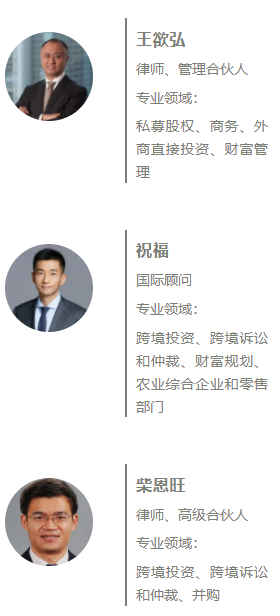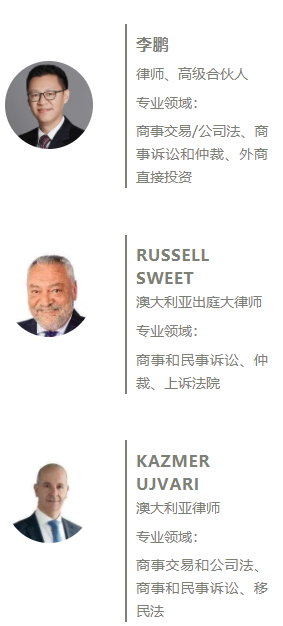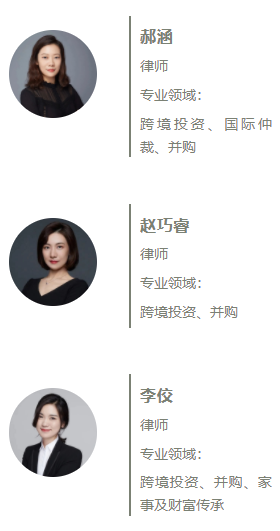走进澳洲
清算 Liquidation
作者:
文康律师事务所
前言
清算
Liquidation
资不抵债公司的清算
Liquidation of an insolvent company
延伸
阅读
澳大利亚法律框架下的合同落空原则及不可抗力条款



专栏文章
-
婚姻家事财富管理
家庭财富保护计划中使用全权信托有关的实务问题
文康涉澳法律团队2020-11-04 -
走进澳洲
专业解读“澳洲动产抵押权益登记署”
文康涉澳法律团队2020-09-24 -
走进澳洲
在澳大利亚购买房产:考虑因素和保护措施(下)
文康涉澳法律团队2020-08-21 -
走进澳洲
在澳大利亚购买房产:考虑因素和保护措施在澳大利亚购买房产:考虑因素和保护措施
文康涉澳法律团队2020-08-05 -
走进澳洲
遗产规划和财富保值计划的实际价值
涉澳法律团队2020-06-30 -
走进澳洲
澳大利亚公司的董事职务
文康涉澳法律团队2020-06-17 -
走进澳洲
董事职责与非法凤凰活动
本文为澳大利亚公司法系列文章。我们在过去的文章中详细探讨了董事的职责和义务以及自愿接管制度的流程。阅读本文需熟悉前述文章中讨论过的问题。2020-06-01 -
走进澳洲
澳大利亚的股东诉讼(下)
Shareholder litigation in Australia2020-05-12







